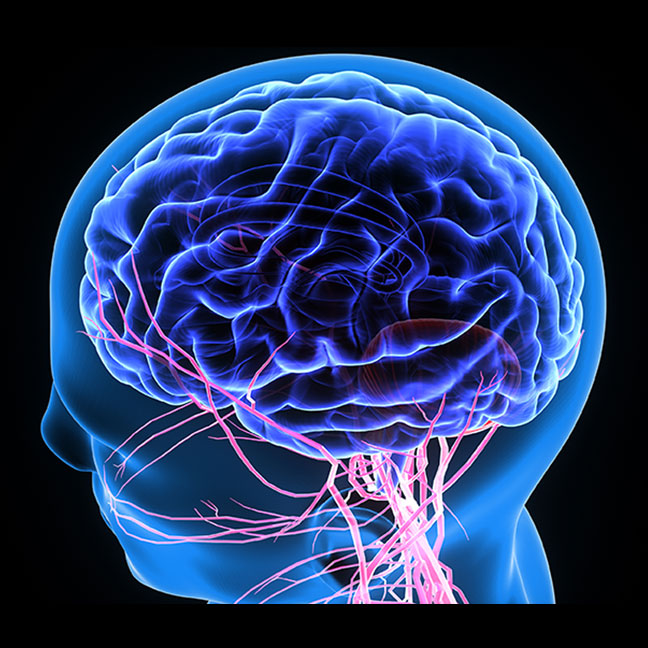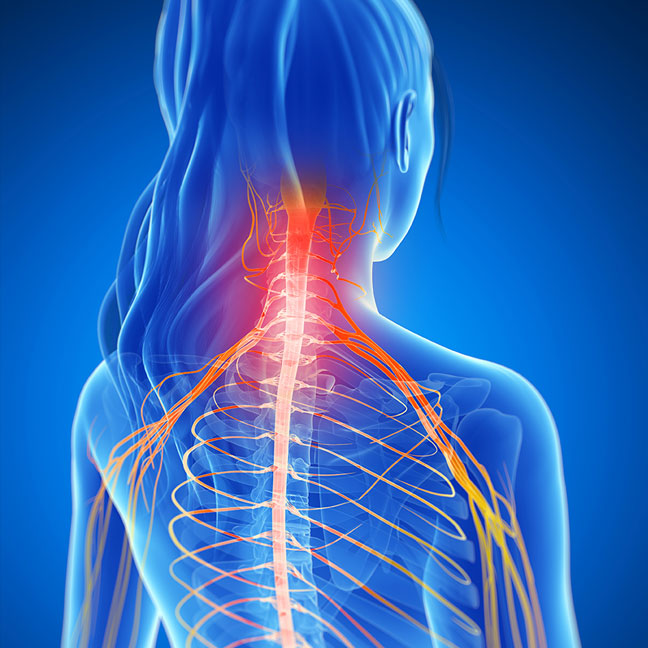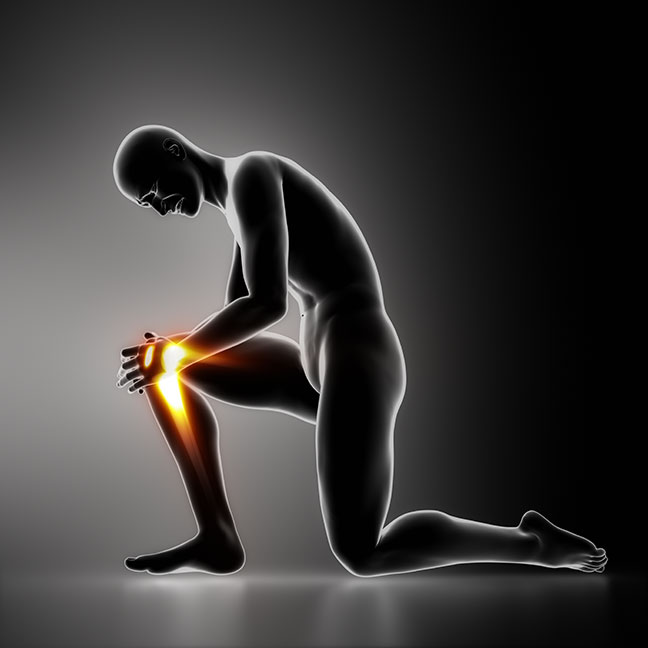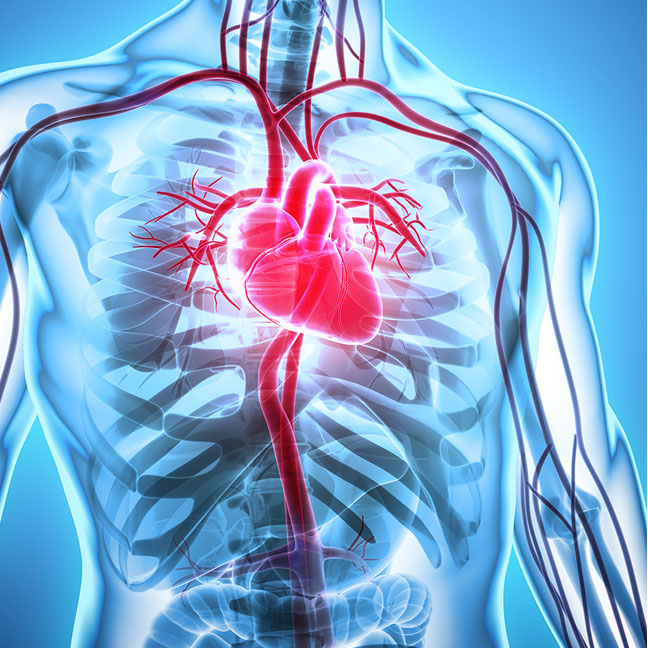Techniques
Techniques
When healthy, all structures in the body move with an interconnected fluidity. Optimum health relies on this harmonious relationship.
In an initial evaluation, Randi and her client discuss the goals of their work. Subsequently, Randi uses her evaluation and palpation skills to determine where the body will most benefit from treatment, and applies one or more techniques to restore balance to that area. Through subtle and carefully honed “listening” skills, and continual reassessment, she remains receptive to guidance from the client’s body.
Over the years, Randi has trained in the following manual therapy, exercise and mind-body techniques. Links are provided for more in-depth explanations of the techniques and the conditions they can address.
Visceral Manipulation
Visceral manipulation was developed by French osteopath Jean-Pierre Barral, former chairman of the International College of Osteopathy in St. Etienne, France. Barral and his international instructors have trained and certified healthcare professionals worldwide.
“Viscera” refers to the internal organs of the body, such as the liver, kidneys, intestines and brain. Organs are in perpetual motion. When you breath, walk and stretch, your organs move in your chest, abdomen and pelvis. When you inhale, for example, your kidneys descend about one inch. With a deep breath in, they move four inches downward, to make room for an expanding diaphragm. In a day, the kidneys move a total of more than one-half mile. Any restriction that limits the kidneys’ ability to move fully and/or move in their normal way (in this case down the psoas muscle), can have major consequences over time. For instance, abnormal tension around the kidney could translate to a misalignment of a joint, or a spinal fixation, or create problems with digestion. There are many reasons why an organ loses its mobility: physical trauma, surgery, infections, and pregnancy/delivery are among them.
When an organ is no longer mobile but is fixed in some way, the body is forced to compensate – like a car with its frame out of alignment. In such a case, the tires will rotate in a lopsided way and wear out quite quickly. The mechanic must fix the frame or the replaced tires will also wear out. The same sort of compensation occurs in the body and can affect all systems, including the musculoskeletal, vascular, nervous, respiratory and digestive systems.
Visceral manipulation uses gentle and specific hands-on stretching to encourage normal movement of the organs, connective tissue and related structures. These manipulations can improve the function of the organs, the systems in which the organ functions, and the body parts affected, which can be at some distance from the initial restriction.
Randi has studied with Jean-Pierre Barral or his staff several times a year since 1992, and regularly serves as a teaching assistant.
Craniosacral Therapy
Craniosacral therapy is a gentle, hands-on technique used to evaluate and enhance the functioning of the craniosacral system. This system surrounds the brain and spinal cord and is comprised of membranes and cerebral spinal fluid. The fluid holds, supports and provides nourishment to the brain and spinal cord.
Using minimal pressure (about the weight of a nickel), restrictions are identified and released in the craniosacral system, allowing fluids to flow more freely. Releasing restrictions in the brain and spinal cord can have wide-ranging effects, addressing problems from attention deficit disorder to eye and vision problems to migraines and sciatica. The technique is used to treat people of all ages – from infants to elders – for both acute crises and long-term prevention.
As a testament to her proficiency in this area, Randi has assisted Upledger Institute instructors in all four levels of the basic craniosacral curriculum.

Somato-emotional Release
Somato-emotional release is a therapeutic technique designed to release the residual effects of past trauma and negative emotional experiences from tissues and cells.
Everyone experiences trauma of some sort, whether it be a difficult birth, serious illness, the loss of a loved one or other forms of stress. Not all traumatic events produce symptoms. But when they do, they usually manifest as panic or anxiety, hypervigilance, dissociation, chronic pain (of all kinds), sleep disorders, chronic tension, addictions, digestive disorders and other complaints. Somato-emotional release is an effective way to prevent chronic problems from developing or to release the cause once discomfort or illness has set in.
Neural Manipulation
Neural Manipulation – “Neural” refers to the nervous system of the body, which includes the brain, spinal cord and peripheral nerves, such as those in the limbs and trunk. This delicate system acts as a communication highway throughout the body.
Nerves can be composed of up to 30 percent fascia; they function correctly only when they are able to move freely in their surroundings. Due to infections, repetitive stress, surgeries or emotional upsets, among other assaults, nerves can become restricted, and the surrounding tissues can become glued, thickened or fibrous. Typically this results in nerve irritation, spasms in adjacent muscles, joints and organs, and decreased nerve conduction and fluid flow. The treatment involves precise and gentle engagement, mobilization and elongation of the nerves. As restrictions are released, symptoms will start to diminish.
Randi studied with Alain Corbier, D.O., who developed the neural manipulation curriculum. Over the last 12 years, she has assisted Barral Institute instructors in the first three out of five levels of this curriculum.

Manual Articular Approach
“Articular” refers to the joints, which are critical points of connection between all structures in the body. Joints receive and transmit messages to other parts of the body and are also connected to the emotions. When all components of a joint are functioning freely, the joint will glide smoothly and be pain-free; it will also resist degeneration. The manual articular approach addresses all the components of the joints, including the nerves, arteries, muscles, tendons, ligaments and joint capsule. The technique involves gentle engagement with and mobilization of the dysfunctional parts.
Through the Barral Institute, Randi has been studying the manual articular approach for over 10 years, focusing on the spine, ribs, all the joints of the limbs and the cranium. She has found this technique to be indispensable in keeping the joints healthy.

Vascular Manipulation
Arteries and veins are up to 30 percent connective tissue. Because of trauma and inflammation, such tissues can become hard and inelastic, leading to problems such as cardiovascular disease. Affected arteries and veins can also be a source of seemingly unrelated problems, included pain and joint issues, both near the restriction and in distant parts of the body. Vascular manipulation enables a practitioner to identify and treat such restrictions.
The techniques taught in this curriculum are based on extensive research by Jean-Pierre Barral and Alain Corbier, involving thousands of patients. It included the use of Doppler ultrasound, which helped them determine the most effective ways to improve local and general circulation.
Vascular manipulation is invaluable in many situations, including post-surgery, after birth, post-trauma and post-cancer treatment (when the individual is found clear of cancer). For example, after sudden whiplash caused by an auto or bicycle accident, or fall, the vertebral and/or carotid arteries of the neck tend to spasm. By gently mobilizing the affected areas, blood flow and mobility are restored; often, this relaxes muscles and joints as well.
Other techniques can help restore elasticity around the heart valves and the vasculature around the lungs, kidneys and other organs. These arteries and veins can become restricted and hardened leading to inefficient functioning and fatigue. Freeing up this vasculature reduces the load on the heart and promotes better blood flow throughout the body, often reducing blood pressure and leading to other positive changes. Since the nervous system is so intimately tied to the vascular system, visceral manipulation relaxes a tense nervous system as well.
The techniques can also be helpful when a patient is on multiple medications – including antibiotics – which tend to overload organs involved in detoxification, including the liver, kidneys and spleen. Vascular manipulation flushes these organs, restores blood flow and reinvigorates surrounding areas.
Randi has been practicing vascular manipulation since 2010. She completed and repeated the upper and lower visceral vascular courses with the curriculum’s co-creator, Alain Corbier, DO.

The Brain Curriculum
Randi completed level 1 of the Chickly Health Institute’s brain curriculum and plans to continue her studies in this area. The techniques she has learned – which explore specific structures of the brain and spinal cord, including the basal ganglia, limbic system and ventricular (fluid) system – strengthen her already extensive expertise in nervous system support.
In treating patients using the Chickly method, areas of the brain are assessed for hypo- or hyper-functioning, cerebral spinal fluid flow, communication ability, fascial restriction and “stuck” trauma (affecting the autonomic nervous system). They are then gently balanced. The techniques address problems related to concussions, whiplash, stress, trauma (emotional and physical), autoimmune diseases, cancer and infections (see link for additional conditions).
Headaches, learning disabilities (such as dyslexia and attention deficit hyperactivity disorder), cognitive and behavioral problems, post-traumatic stress disorder (PTSD), depression, anxiety, Parkinson’s, post-stroke conditions and mild dementia may also be helped. For PTSD and behavioral/mental health issues, Randi works conjunction with licensed mental health practitioners.
Muscle Energy Techniques
Muscle energy techniques help restore balance and alignment to the joints and muscles. Randi uses specific assessment methods to discover if a joint or muscle is restricted. Then, by positioning the body in a certain way and asking the patient to contract and relax a specific part of the body, she can move the joint back into alignment and encourage the muscles to relax. She uses this technique to enable the spine, sacrum and pelvis to move more normally.
Strain-Counterstrain
Strain-counterstrain, or positional release, was developed by Lawrence Jones, D.O., with whom Randi has studied. It is used to release muscle and connective tissue spasms. It works like this: the therapist holds the client in a very specific position for 90 seconds. Once the position is released, there is an immediate reduction in pain and tension. This relaxation helps restores normal joint mobility and is also beneficial to nearby structures that may have been compressed.
Randi uses this technique as part of her toolbox. She finds it most effective with motor vehicle or other accidents involving sudden impact, including falls and sports injuries. When such events occur, muscles, ligaments and/or tendons spasm at the time of impact and fail to release, like a fist that can’t open.
Myofascial Release
Fascia is a tough connective tissue that binds and envelops the entire body, like a three-dimensional spider web. When hydrated and healthy, fascia is elastic, mobile and glistening. However, insults to the body such as trauma, incorrect posture and inflammation can result in tightening, drying and adhesions of the fascia. This causes abnormal tension of the muscles, nerves, blood vessels, joints and organs, producing symptoms such as pain or limitations in function. When fascial restrictions are released, systems become more fluid and the body is free to move more efficiently.
Myofascial release is a hands-on technique than involves gentle sustained pressure specifically on the connective tissue of the tendons and muscles. By treating affected areas in this way, balance and harmony are restored.
Therapeutic Exercise
Through more than 30 years’ experience, Randi has seen the dramatic effects of exercise on her clients – both in maintaining gains made through treatment and in supporting them in aging gracefully. Randi gives clients specific exercises pinpointed to weak, tight or overused areas that may contribute to imbalances. Movement re-education is also provided, as needed, to restore normal motion after an injury or improper use.
Randi is a level 1 teacher in training of Essentrics, developed by Miranda Edmonde-White. This whole-
body exercise routine improves posture, strength, flexibility, balance and coordination. When done regularly and correctly, it can reduce or halt many musculoskeletal problems. If appropriate, Essentrics workouts are incorporated into a client’s home program and are tailored to specific needs, such as pain relief, weight loss and toning and strengthening.
Randi herself has bone density issues, and has studied with colleagues such as Sara Meeks PT, who has developed a program to safely build muscle and bone density.
Up to half of all women will have significant bone loss as they age and many more men and women will have significant muscle atrophy. Learning how to move and exercise safely and effectively, within one’s limitations, is vital to preventing falls and other injuries and aging well.
